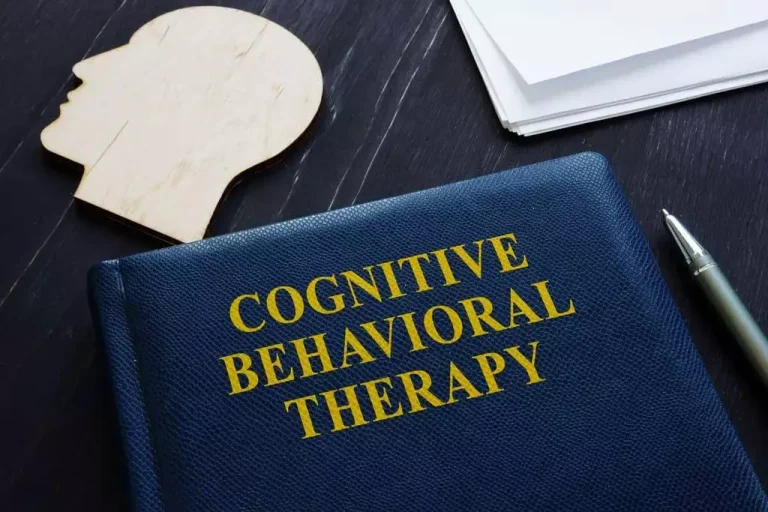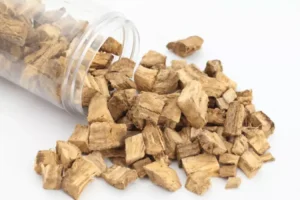Drug Addiction: Definition With Examples and Support
- March 29, 2024
- Sober living

Like many other chronic conditions, treatment is available for substance use disorders. While no single treatment method is right for everyone, recovery is possible, and help is available for patients with SUDs. To diagnose addiction, your healthcare provider may refer you to a psychiatrist, psychologist or drug and alcohol counselor. Your provider will ask you (and possibly your loved ones) questions about your patterns of substance use or problematic behaviors. The DSM-5 doesn’t currently include other behavioral addictions due to a lack of research on them.

Medicine as part of treatment
- You can find these lines listed on the internet or in the phone book.
- Two groups of synthetic drugs — synthetic cannabinoids and substituted or synthetic cathinones — are illegal in most states.
- Substance abuse has many potential consequences, including overdose and death.
- Drug overdoses in this age group are generally caused when someone accidentally leaves a medication within the child’s reach.
- Others may need admission to a hospital or a residential treatment center.
- Medicine treatment options for opioid addiction may include buprenorphine, methadone, naltrexone, and a combination of buprenorphine and naloxone.
A significant part of how addiction develops is through changes in your brain chemistry. Your brain and body’s reactions at early stages of addiction are different from reactions during the later stages. SAMHSA Offices and Centers provide national leadership to advance the agency’s mission and improve the behavioral health of the nation.
Office of Behavioral Health Equity (OBHE)
For one, they are exposed to those substances, and exposure during early adolescence may especially influence substance use. Biological factors such as enzyme profile can influence the amount of alcohol people ingest, https://ecosoberhouse.com/ the pleasantness of the experience, harmful effects on the body, and the development of disease. There are many theories about the causes of addiction, the use and abuse of legal and illegal psychoactive substances.
What are the signs?
For example, environmental factors such as family and social relationships are more strongly tied to use of alcohol and nicotine in adolescence than later in life. Nevertheless, there is no single gene for addiction nor even a group of genes. There are no substances (or activities) that universally or uniformly cause people to become addicted.

Withdrawal Symptoms

A properly functioning reward system motivates a person to repeat behaviors needed to thrive, such as eating and spending time with loved ones. Surges of dopamine in the reward circuit cause the reinforcement of pleasurable but unhealthy behaviors like taking drugs, leading people to repeat the behavior again and again. Just as recovery from addiction requires focusing on rewarding activities other than drug use, so does prevention. Some studies show that genes can account for as much as 50 percent of a person’s risk for addiction, although the degree of genetic influence shifts in importance over time.
Who’s Most Likely to Become Addicted?
Despite these cycles, addictions will typically worsen over time. They can lead to permanent health complications and serious consequences like bankruptcy. If you are starting to think you might have an addiction, you have probably moved into the contemplation stage. This is a great time to find out more about the substance or behavior that you have been what is drug addiction engaging in and to reflect honestly on whether you are experiencing any signs or symptoms of addiction. Because some substances have the potential to cause dangerous withdrawal symptoms, it is important to receive an appropriate diagnosis in order to get the best treatment. A relapse is returning to a substance after stopping it for a period of time.
Social Problems
It involves family and friends and sometimes co-workers, clergy or others who care about the person struggling with addiction. Stress is a risk factor for many kinds of nonadaptive behavior, and addiction is one. Researchers have long linked the effects of chronic stress to alcohol use. Stress relief may enhance the pleasurable effect of any substance. There is some research to support the view that adverse events in childhood and in adulthood change the responsiveness of brain systems. Stress also increases the risk of mood and anxiety disorders, which are linked to addiction.
Biology, psychology, and social and cultural elements all play a role in the enormously complex causal bouquet that results in addiction, and different theories weight the elements differently. Together they reflect the fact that there is no one path to addiction, and no one factor makes addiction an inevitable outcome. Addiction can’t happen without exposure to agents, but that is hardly the determining factor.

Explore Topics in Substance Use and Addiction Science
- In cases of physical dependence, withdrawal symptoms happen when you suddenly stop a substance.
- A full-time facility provides a supportive environment to help people recover without distractions or temptations.
- It’s increasingly common for someone to be diagnosed with a condition such as ADHD or autism as an adult.
- By Sherry ChristiansenChristiansen is a medical writer with a healthcare background.
- tags


Leave a Reply
You must be logged in to post a comment.